QED/Math Research Projects
Over the past few years, I’ve done some Math Research Projects. They all happen to revolve around stars; how they work, how they’re structured, and how they can be created and calculated.
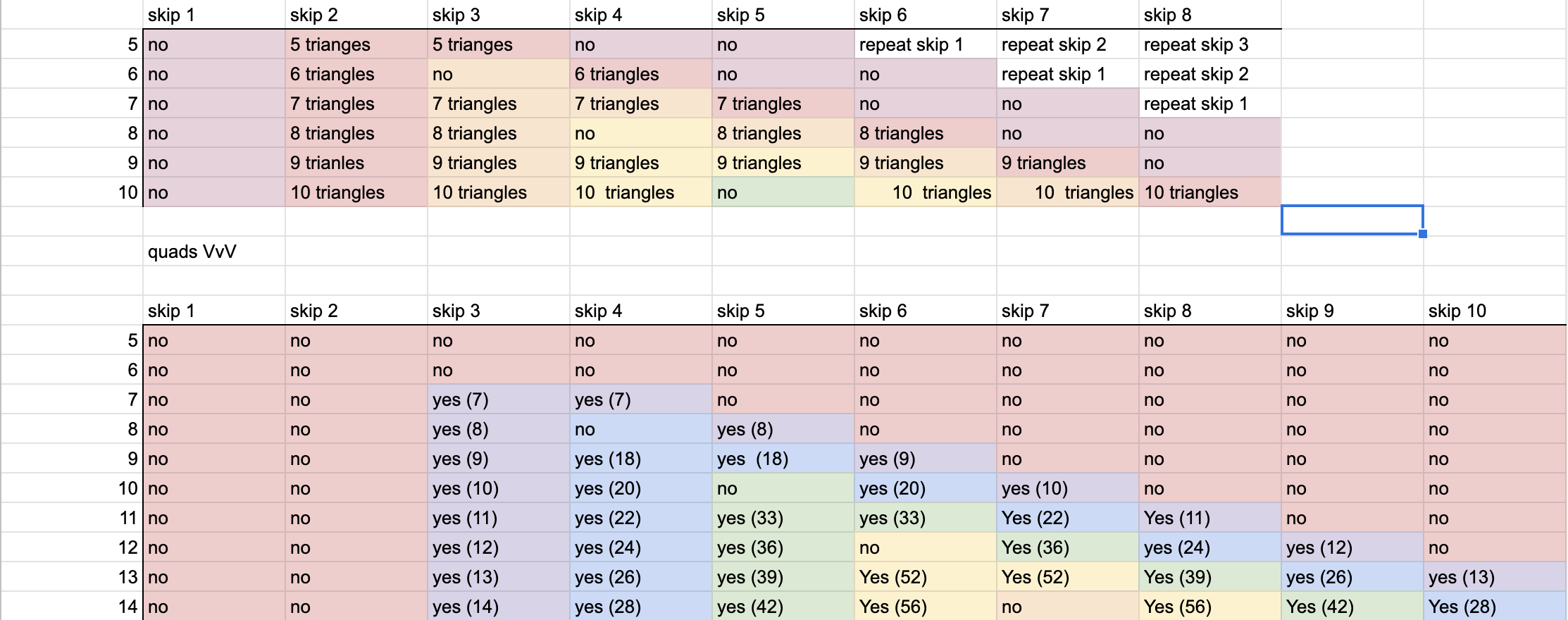
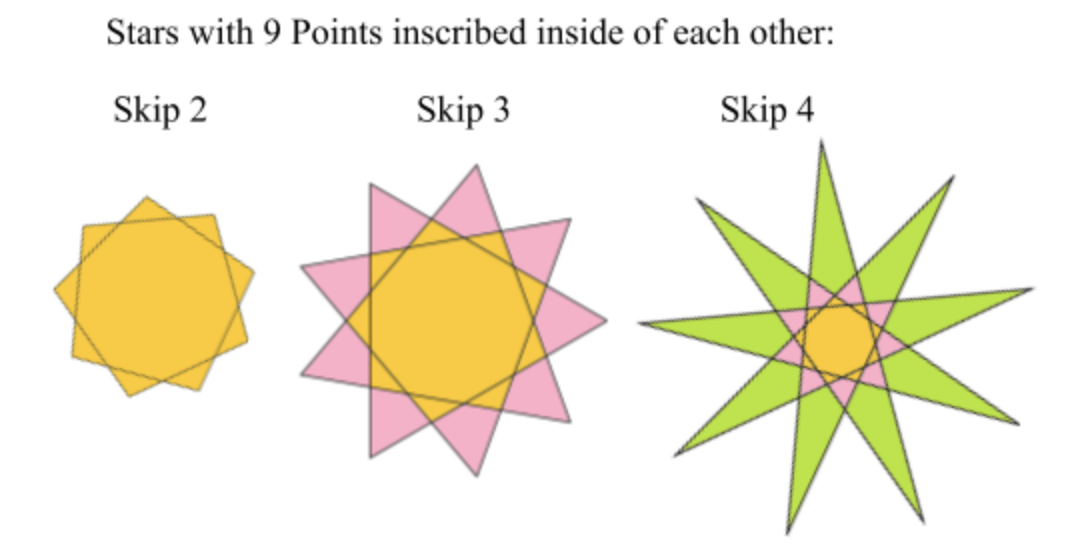
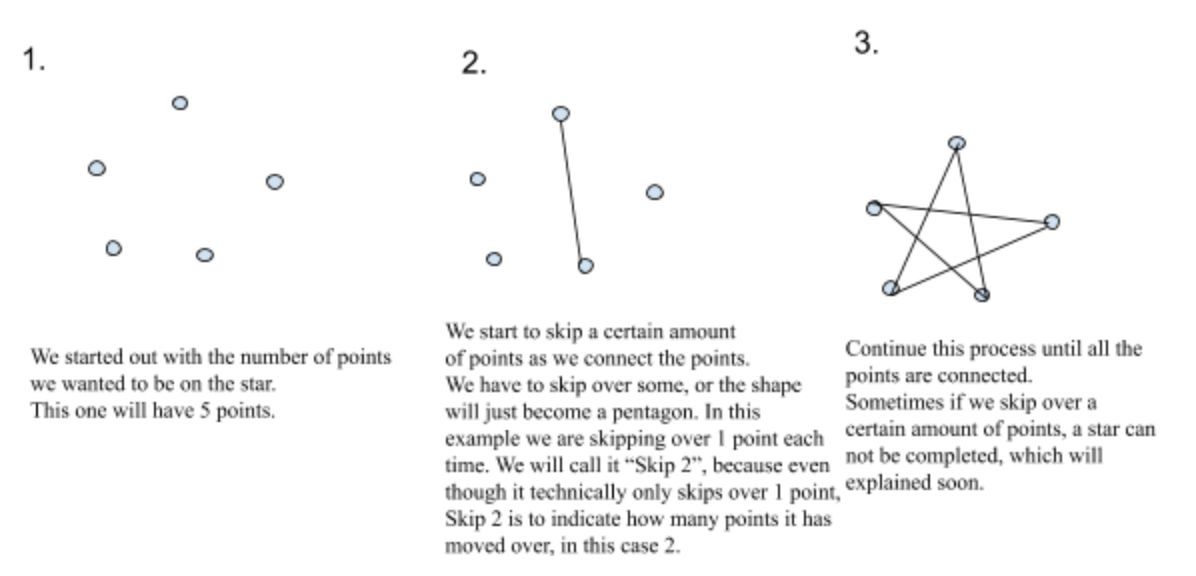
This project explores the idea of how a Star Polygon as a concept works, introducing the ideas of how when a star is drawn a certain number of points must be skipped over to draw the complete circle, and how different stars relate to each other based on the number of skips and points each of them have, as well as determining the definition of a star polygon and what specific amount of skips and points couldn’t create star polygons.
After presenting this project at QED, I recieved the QED Highly Disginguised Mathematics Research Award, and since the project was in the Top 5 for our division in QED, our project went on to be presented at the 66th Annual Chicago Public Schools Student Science Fair (on March 20, 2016), where it won the Special Award for Mathematical Investigation by the Fogelson Family Foundation.


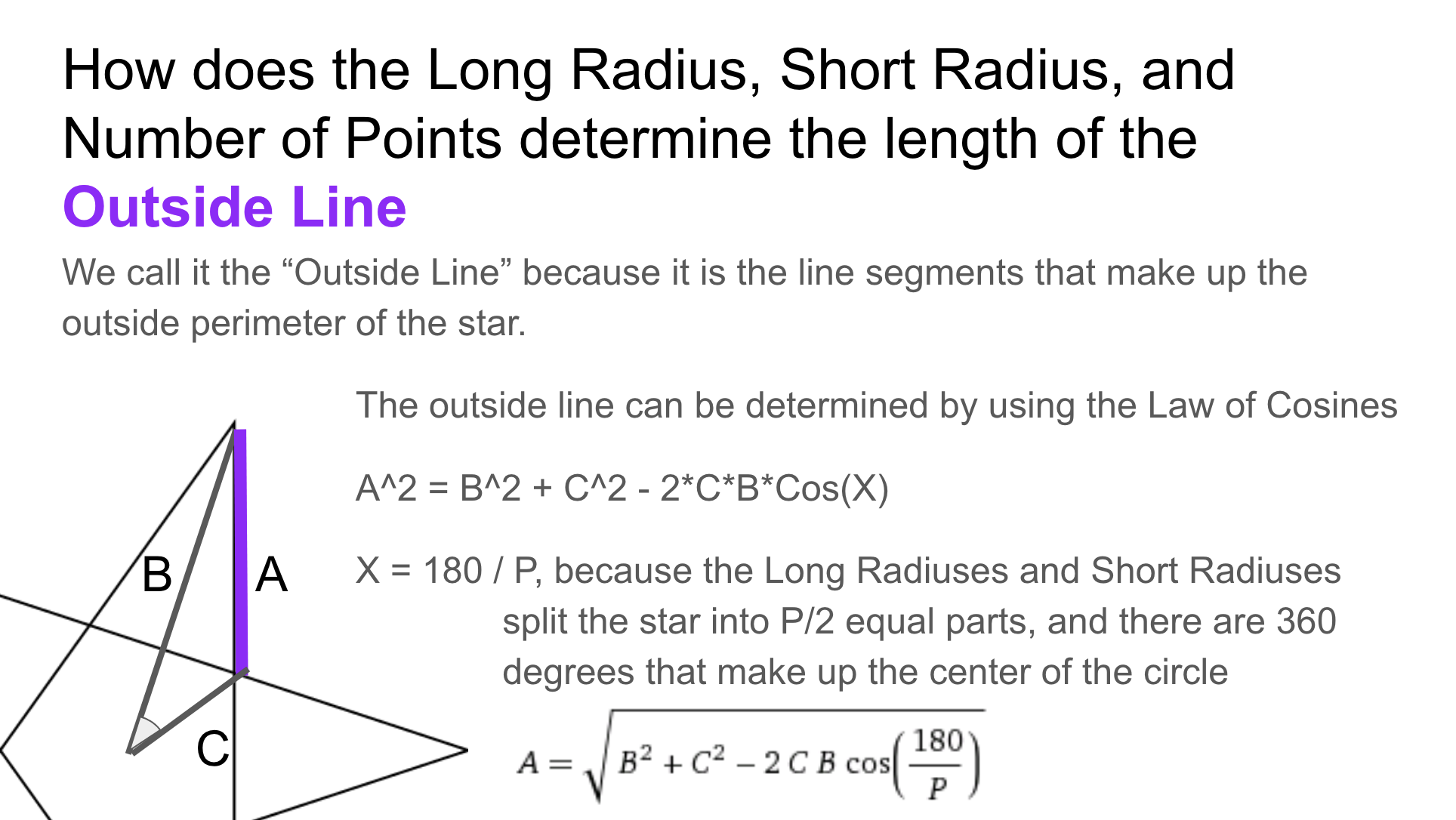
Calculating Stars Presentation
Continuing the first project, we began to look at stars from more of the polygon aspect, determining the size and structure of stars. Many proofs and relationshps between parts of a star polygon were recorded and researched. To finish it off, we found how to calculate the area and perimeter of a star polygon based on a few of its sides.
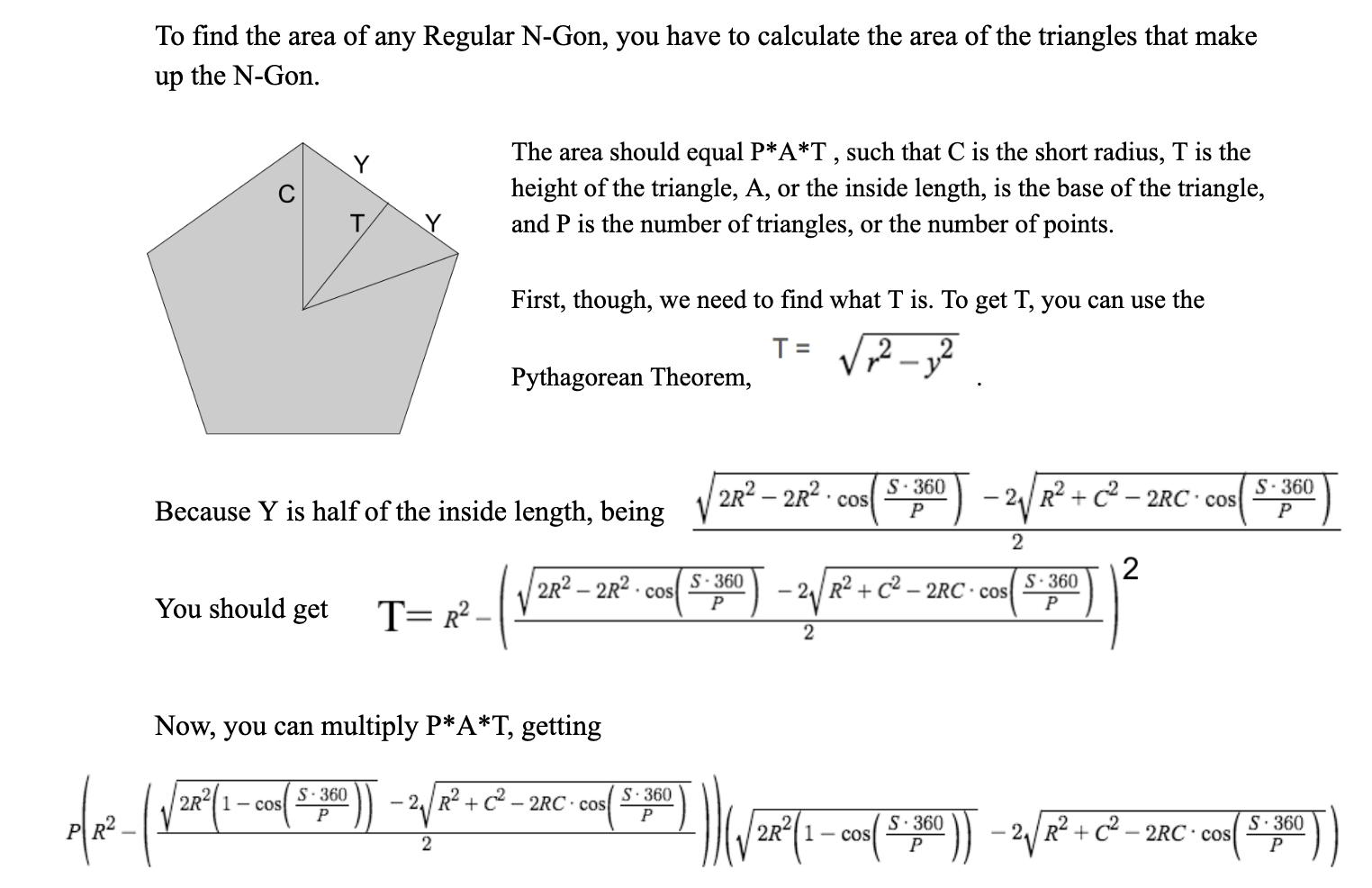
Calculating Stars wasn’t created during the QED season, so when it rolled around it was polished and recreated into Laws of the Stars, where it won the QED Distinguished Mathematics Research Award.
More Math Projects:
